The first real cold of the year had me in its relentless grip the past four days, back to a certain level of “normal” now. The transition from T-Shirt and bare feet to multi-layered winter-equipment is always so fast and brutal, no matter how many times one already had experienced it. Well, I´m back amongst the living. This time I want to write about a similar stage of feeling in boats: Half alive, half gone, if you will. Charter boats. Or, to be precise: Shattered boat dreams?
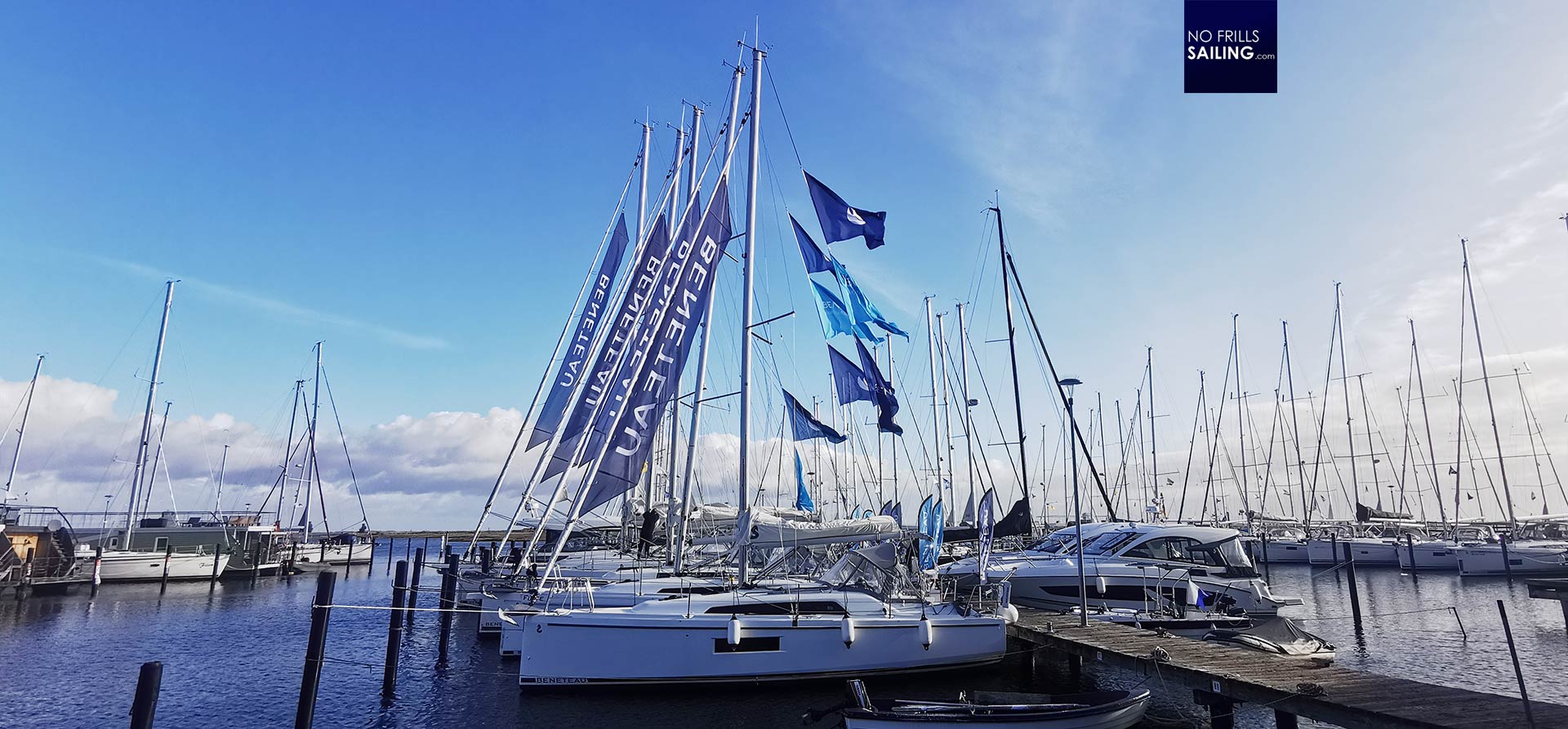
During the past week we´ve had the Beneteau Sea Trials with a pretty cool line up of power boats and sailing yachts. The Oceanis fleet from 30 to 46 feet as well, ready to be sailed with us in those windy, rainy but colorful and beautifully wild-romantic autumn days. In the off time, as I do usually, I roamed about and strolled the marina. A bit offset from our pontoon, I found some boats which drw in my interest. Charter yachts, apparently. It made me reflect a bit, seeing these boats in their partially deplorable state.
The system of Charter Management in boating
First of all let´s be clear, the big production boat companies have their most potential clients in form of the big charter companies. Whilst some have less of a ratio between charter and owners, some have more. This ratio hovers around 50 per cent. As I said, some have more charter-share, some less. Charter companies are good and easy clients: Less warranty issues directed at the shipyards and a relatively high frequency of re-orders. I´ve heard that a charter boat, in average, has 3 years in premium charter and another 3 to 5 years in second tier charter. Then, usually, the boat leaves the charter market one way or the other. As with every product, the boats made for these charter companies are perfectly designed and made to suit the demands of those companies: Affordable, easy to maintain and appealing to their clients. But also: Most volume and luxury, less demanding in every aspect.
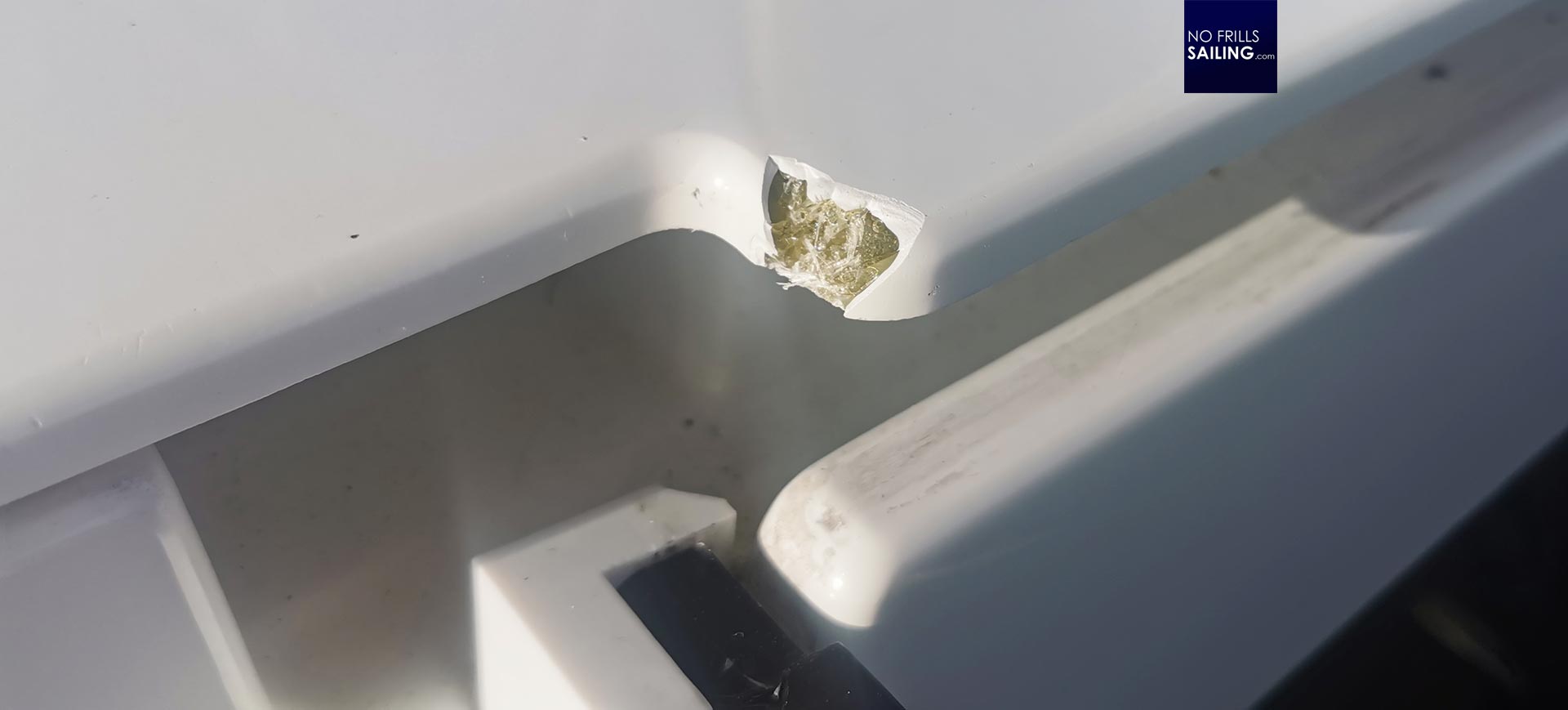
To be clear: I am strictly not one of those people who despise this system. Why? Because it’s the charter market that made production boats affordable in the first place. Price explosions due to recent money inflation or raw material/energy cost aside, if it wasn´t for the charter companies demanding cheaper boats, a large portion of sailors couldn´t have afforded their yachts. That´s as simple as that. The balancing act the shipyards and their designers have to perform is to deliver a product that is attractive for charter companies and to owner-sailors as well. With a few tweaks and extra options, a charter boat can nowadays be turned into a pretty attractive owner-sailor´s yacht with ease.
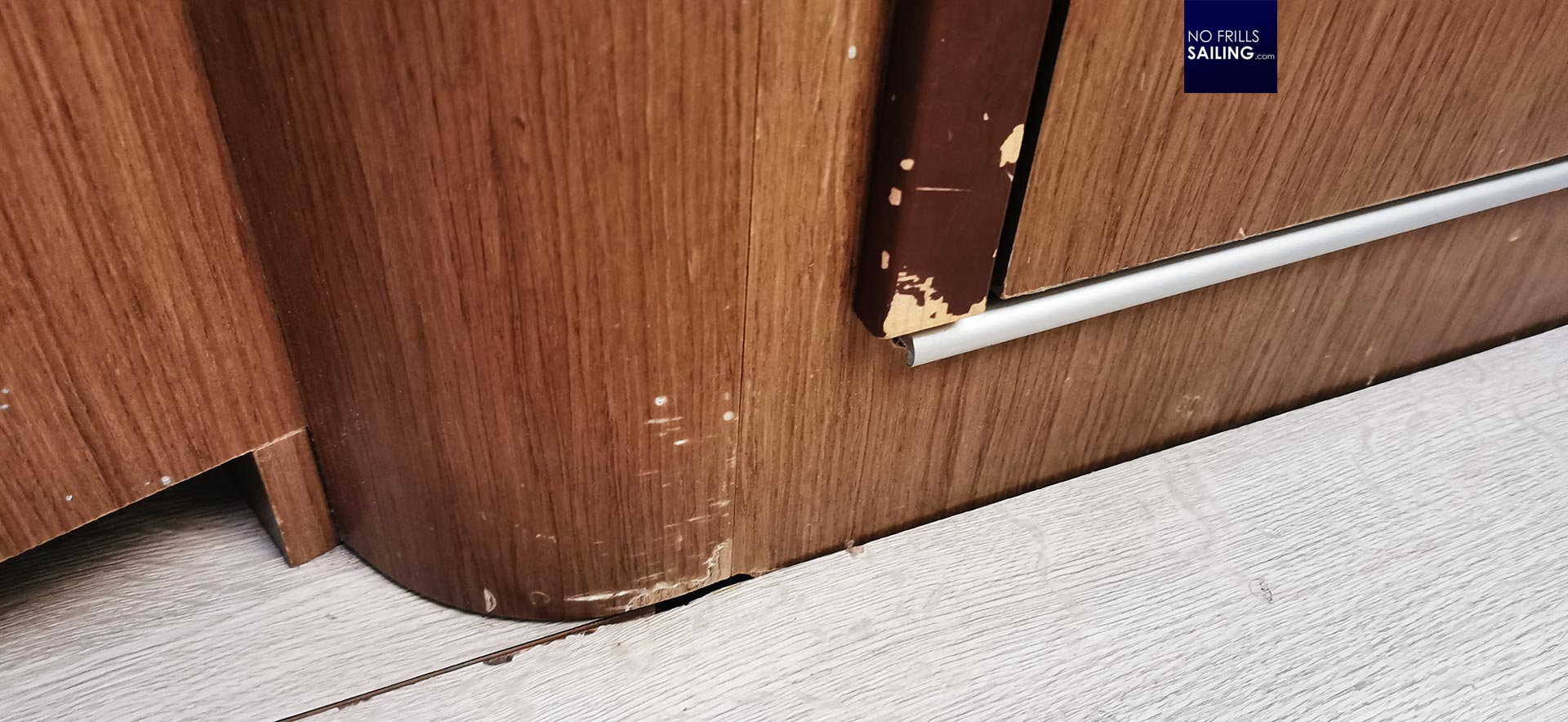
If it wasn´t for the big-time demand of charter companies around the world, almost all owners would not have been able to acquire their yachts. Or maybe would have had to go for much smaller boats. I´m sure of that. And I know what I am talking about: Having a 42-footer in custom building right now on the slip, I can easily compare the cost between a production boat and a custom boat. It´s ridiculously higher. Now, let´s talk about Charter Management. There is this sweet and luring promise to start with: “You do not have enough money to afford your dream yacht? No problem: Let the boat pay itself!” It does so, of course, by earning the money being chartered out to vocational crews. The more weeks a boat can produce, the more money it makes, the faster it is paid by. The idea is that the owner just needs to put a around a third of the boat´s price on the table. The rest is usually done by a financing loan. The charter company then lists this yacht in its fleet. Depending on the amount of weeks the boat can run in charter per year, which depends on the region and good conditions of course, the yacht may have “worked” to pay for the remaining 70 per cent of her budget over time. This time ranges around 5 to 7 years. After that, the owner usually receives “the keys” to the boat, will have to pay VAT and the boat is his. Sounds easy and convenient, right? And it works that way, sure. But …
Don´t be gentle it´s a rental!
Isn´t that the slogan of most crews renting a boat? We all have our experience with charter boats. I´ve personally chartered some yachts in Croatia and Greece and I know from events like our Private Sea Trials or just strolling the jetties how those boats look like after a few years. Mostly, to be honest, the condition of the yachts break my heart. Just look at the pictures I´ve made from this 46-footer. A pretty boat, for sure, but holy-moly, this poor boat must have gone through hell during the past three years! And this is just three single seasons! Three! Can you imagine your own boat looking like this after just three years? Never ever! Never ever would an owner treat his yacht so poorly that she would appear to have been commandeered by a bunch of drunk Vikings treating her interiors with their axes!
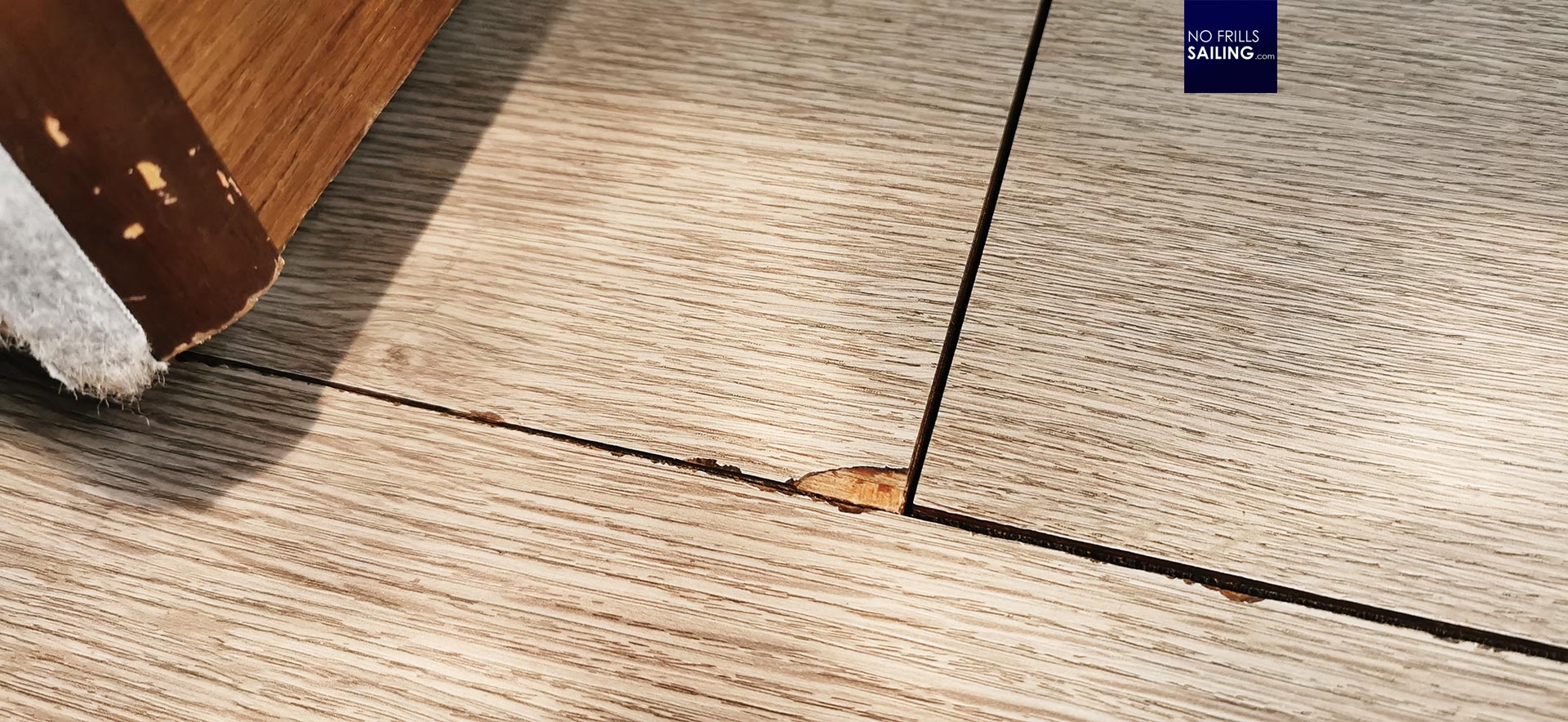
Since we know that behind each and every single charter boat in the world there is an average Joe, financing the yacht, hoping that in three or four or five years at last this boat of his dreams will be his, this is just heartbreaking! I mean, the amount of money and work that would have to go into refitting this boat will be staggering! Not to mention the state of the Diesel engine and saildrive, since mostly these boats are run like power boats. Gelcoat and laminate damage due to poor maneuvering capabilities. And so forth.
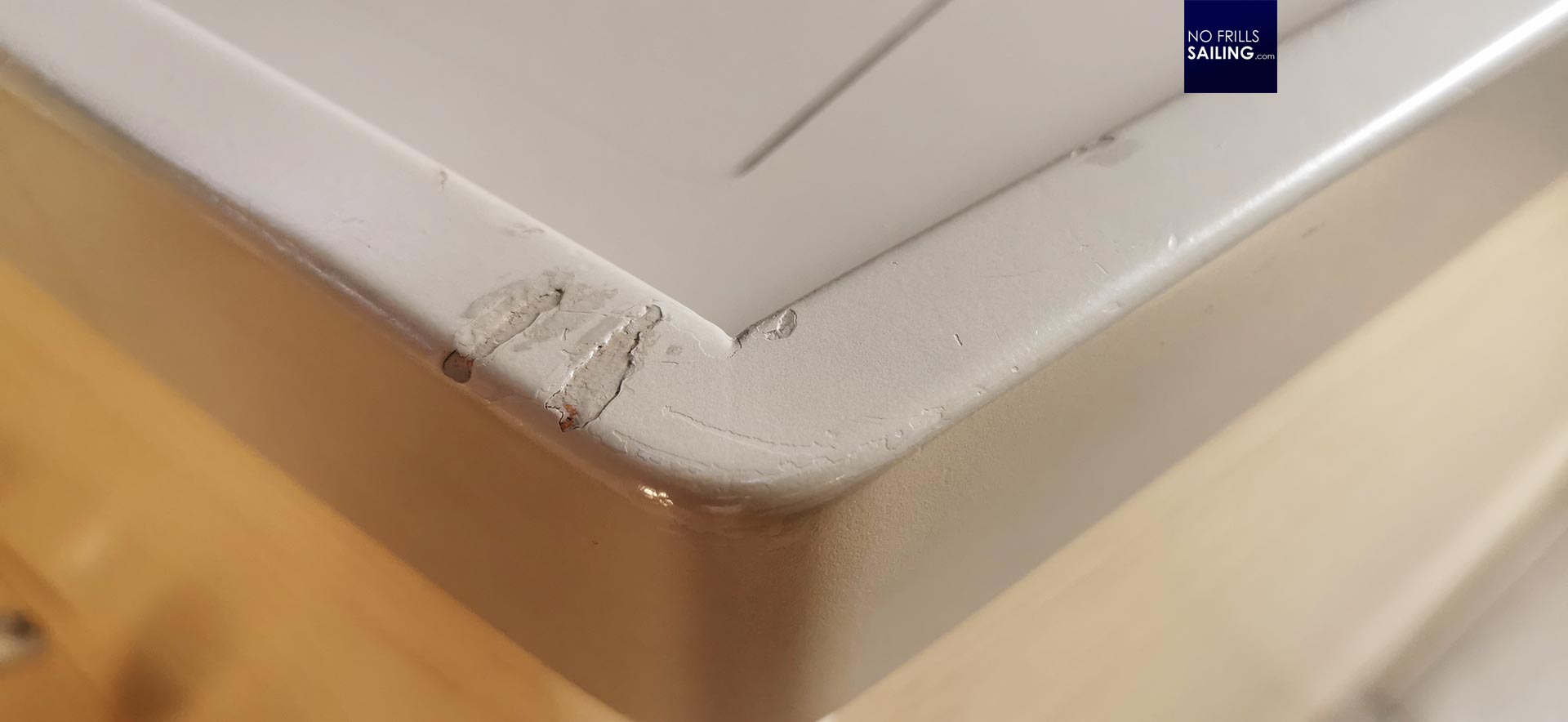
The way out? Often a re-financing. The old boat – worn down and not so dreamboat-like anymore – will be sold on the used boat market. And average Joe re-invests in a brand new boat. Again, a boat that runs in charter. Since most of the investors over time realize that they won´t be able to sail many more weeks than they have “free” on their own boats anyway, this seems like a pretty good alternative. And if the charter company is doing a really good job, maybe a small profit is paid at the end of each season, smart money or, maybe a more fitting word, compensation. Let´s be very clear here: From my point of view, those poor boats are neither the fault of the shipyards nor of the charter companies. It´s solely to blame onto the crews, who apparently don´t give a shit about other person´s property!
Investing or buying?
Anyway. Apparently, for most of the investors this model seems to work just fine. And I won´t judge it. Charter companies still flourish, rates – no matter which area you check – are high as usual and awesome deals are struck between the big brands in charter business and the shipyards. Which is perfectly okay for me: The market regulates itself. The market, this is us. Just as simple. As it seems, many, many, many times more spare time Captains like to rent their yachts for a couple of weeks, enjoy the anchorages and bays with their families and return the boats after holiday´s end. They prefer renting over ownership. Simple as that. And the system works fine.
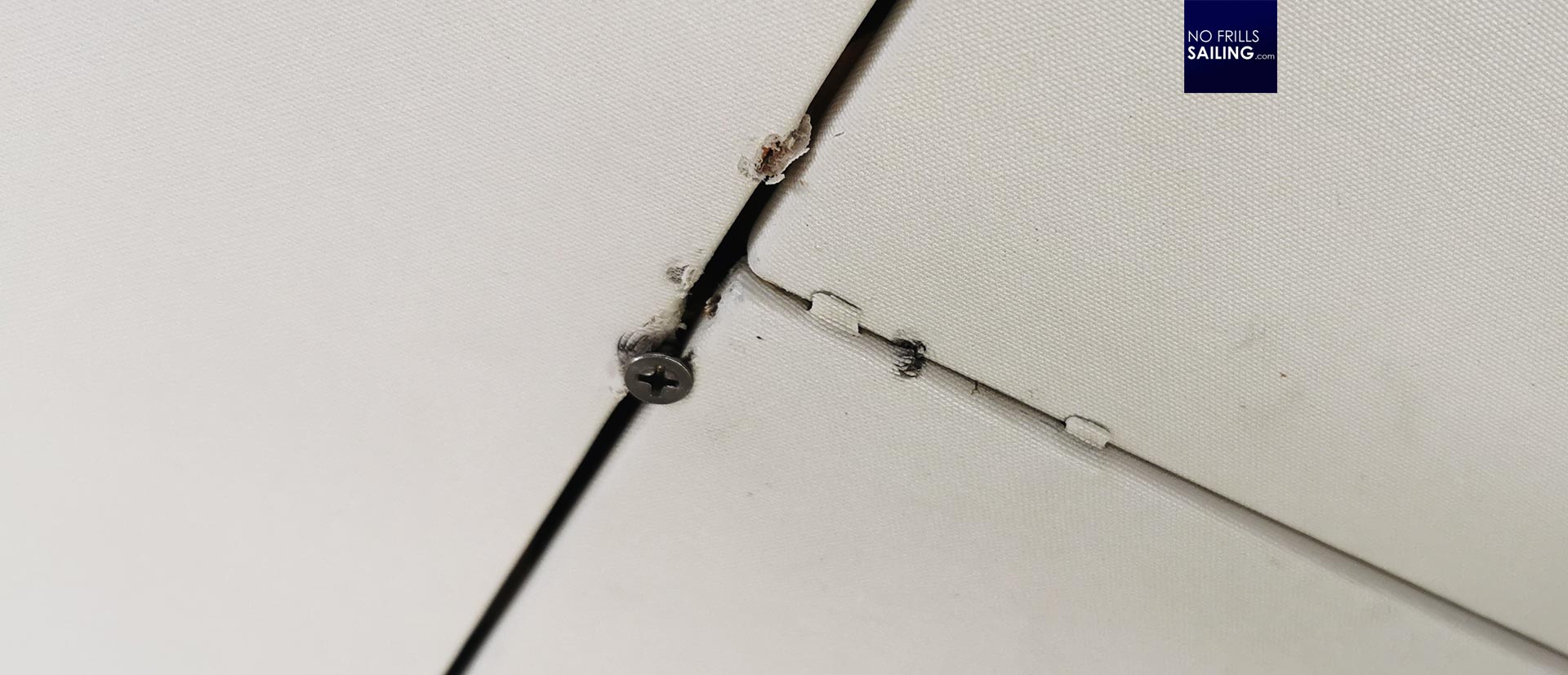
Does it work for me? Well, I would never ever put my boat to charter. Never! The is a saying that goes: “You do not lend your wife nor your boat!”. Just go to a marina with a charter base on a Friday afternoon or Saturday morning and watch the turmoil, the hustle and the hectic rush. Dozens of boats returning, crews impatient to get off the boats, new families arriving, demanding their boats to be fresh, clean and maintained to immediately start their holiday time. A goliath-task, a futile undertaking, so to say. Even if the charter companies really and honestly try to keep the boats “like new”, this is almost impossible. The outcome are boats like the ones I pictured, looking like having rounded the Horn multiple times in bad conditions after just two or three seasons. Yet still, for many investors this system seems to be perfect, explaining the ever growing market and the high percentages of boats produced for the charter companies.
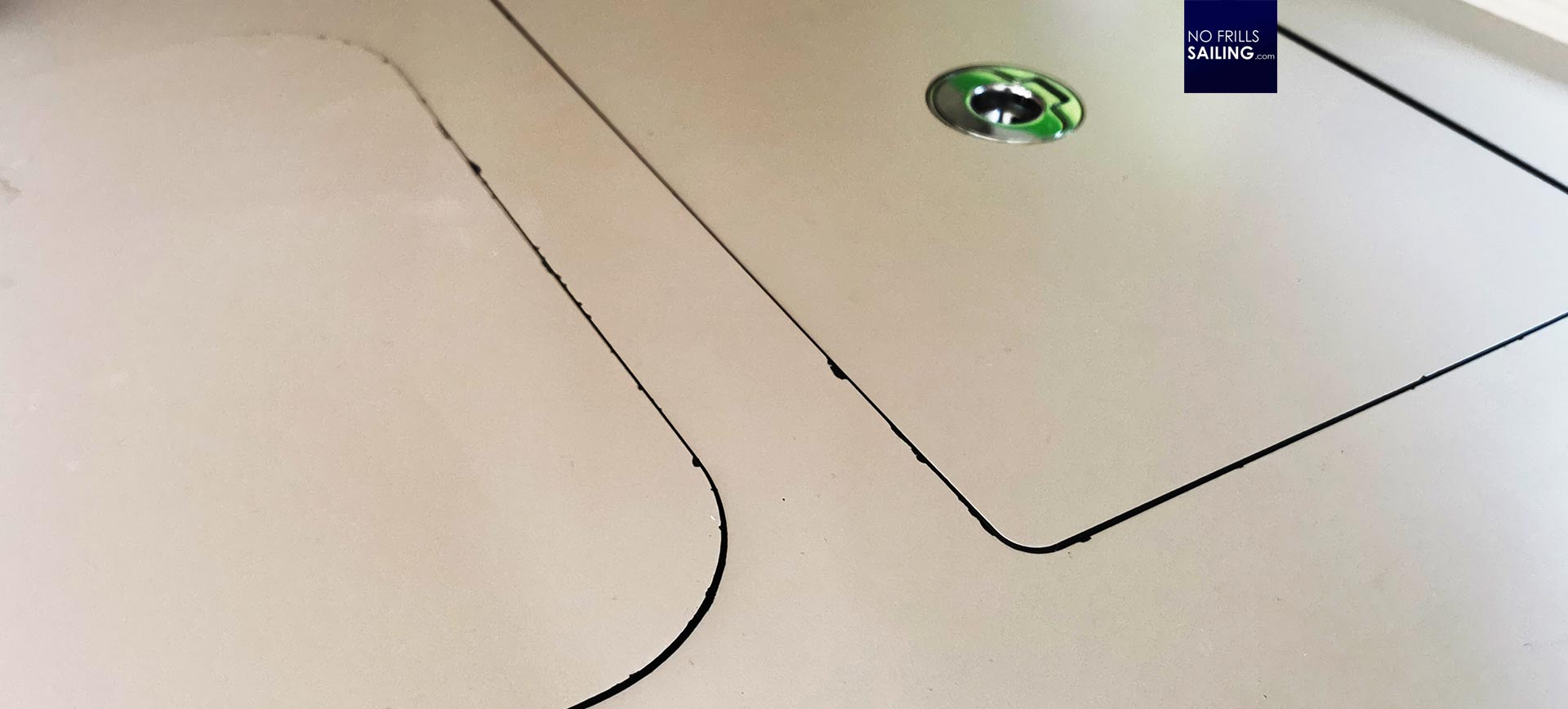
As for guys like myself who cannot bear looking at those boats, “real” 100 percent ownership is the only way to go. For many other, financing is the way to go. With long run-times of the loans, creating low monthly payments, even in the apparent high interest rates (clocking in at around 7-8 per cent right now) this is a convenient alternative to owning a boat. Or just buying one size smaller, like “go small – go now!”. For others, classically, the used boat market is also an way to go (as long as they don´t end up with ex-charter workhorses like the ones I showed in this article) I shall add.
Bad boys charter-companies, good guys owners?
No, of course not! As I said, the people who out of pure negligence, arrogance or just carelessness treat these boats like that are to blame. As for the concepts, I would say that either of these models has its right to exist. As long as there is so much demand, the shipyards, designers and naval architects will strive to satisfy it. You don´t have to love the outcome, but the huge numbers in units and budgets invested are a statement indeed! On the other hand, seeing boats treated like this (we all watch “boat idiots” on YouTube and have our own library of near-miss or full-hit occasions first hand experienced) makes my heart bleed as a sailor as well as a sales person.
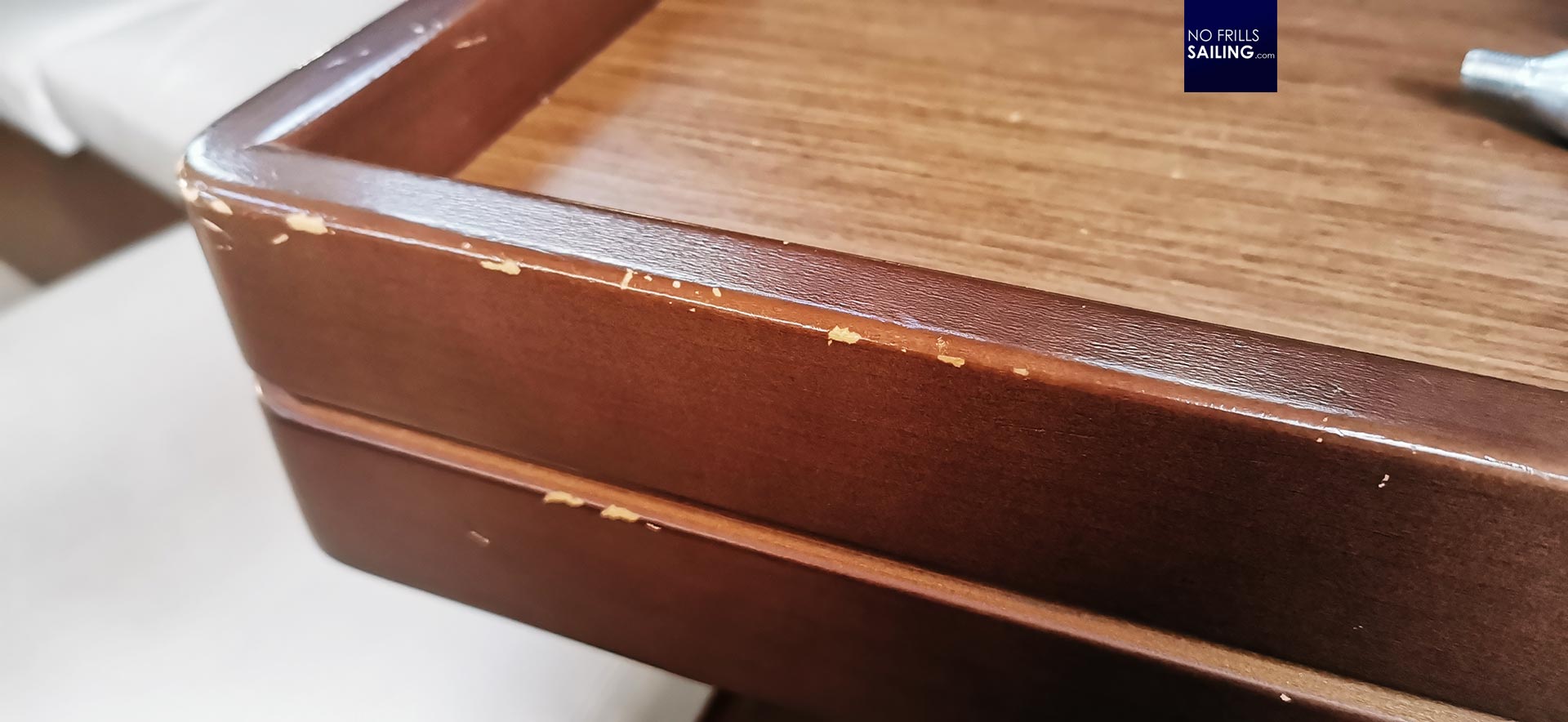
On the other hand, I know not a single of my clients who treats his boat like this. I´ve never seen and most probably will never see furniture or laminate worn down to such a degree as shown in my pictures. When I happen to be on a charter boat, I always (because there is so much off-time to kill, right?) hand them back to the charter companies (at least I try) in a better condition than I got it in the first place. But I also feel a little bit of compassion towards the owners of those boats. Maybe by chance I happened to picture extreme rare bad conditions, maybe I am biased towards ownership – and surely I am – but I found it interesting to tell this story. In a world defined by high glossy brochures and Instagram filters, one should as well try to depict things in clarity, rough and true as they are.
You may also like to read those connected articles:
Anatomy of a grounding
Racing charter boats
Another charter boat regatta
